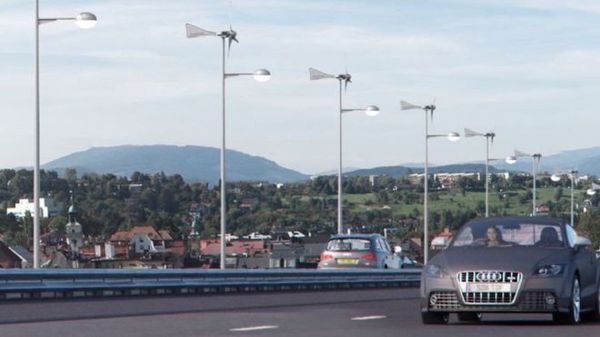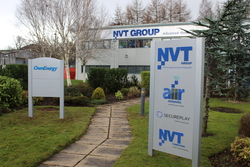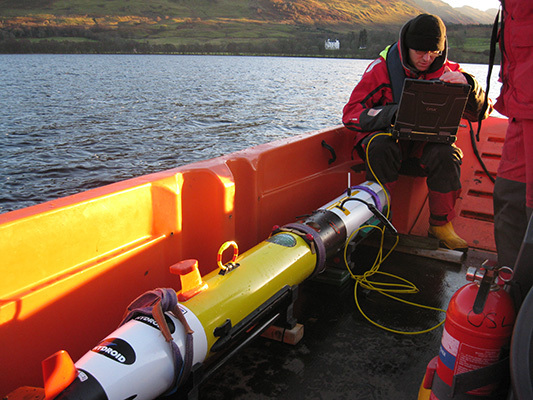News Release from windfair.net
Wind Industry Profile of
UK Innovations: Great Britain invests in wind energy research
Scotland loves wind energy. By 2020 the country wants to supply itself completely with renewable energies, while the share in the national energy mix is already at about 60 percent. Much of this power is generated by wind energy. Now, two companies have joined forces to further boost wind power: NVT Group, an IT and technology specialist from Lanarkshire in Central Scotland, has teamed up with Own Energy Solutions to win wind energy from street lanterns.
Own Energy has developed a small wind turbine with an inverter system, which can be attached to lampposts. The energy generated by the turbines is converted accordingly via a tailor-made inverter and can then be fed directly into the National Grid. As a result, each suitable lamppost conversion will save half a ton of carbon not being released into the atmosphere.

Even the BBC has already taken up the topic and is showing a picture of wind power plants attached to lampposts. (Image: BBC)
To make research thrive, NVT Group will invest 3.5 million pounds over the next 15 years. 25 new jobs will be created within the next 12 months and in total, the two companies expect up to 300 additional jobs over the next three years.
Scottish entrepreneur David Gordon, Own Energy's Chief Executive, said, “Our business is likely to scale up quickly and we know that NVT Group will be able to accommodate such growth based on its past experience. There are around ten million lampposts in the UK and 20 percent of these are suitable for conversion which makes this a very scalable business opportunity with huge export potential.“
The interest in the technology is already huge. There have been requests from the US, Canada, Mexico, Ireland and South Africa as well as public and private institutions in the UK. “We believe this business has the potential to achieve an annual UK turnover of over £400m within five years.”
A little farther south in the UK, offshore wind energy is in the focus of research. A consortium of experts from various universities (Manchester, Warwick, Cranfield, Durham and the Heriot-Watt University in Edinburgh) has received four million pounds to test the use of humanoid robots to maintain and opere offshore wind farms.
Dr. David Flynn, director of Smart Systems Group (SSG) at Heriot-Watt University, explains what the project is about: “The UK government has set ambitious decarbonisation targets, increasing the present 5GW generated by offshore windfarms to 40GW by 2050. The costs of achieving these targets have, until now, focused on the capital outlay for wind turbines, but budgets have largely ignored the operation and maintenance of windfarm assets, including subsea cabling.”
This is a mistake, however, because currently 70% of cable failures can not be directly inspected locally, which often prevents an accurate diagnosis. This is why humanoid robots are to be used directly on the cables and foundations of the turbines.
The robot still has little resemblance to a humanoid (Image: Heriot-Watt University)
"We aim to provide the UK with a competitive advantage within the highly lucrative offshore energy market. Our hybrid, human-robotics, technology will seek to protect those most vulnerable to increases in the cost of energy by reducing the costs faced by both tax and bill payers,“ Flynn continues.
The fact that the industry itself is interested in this is testament to the fact that one of the four million pounds comes from there, while the remaining three million are made available by the government.
The idea behind humanoid diving robots is not entirely new though: Similar research on humanoid diving robots has been around for some time in the US (as Windfair has reported previously).
- Author:
- Katrin Radtke
- Email:
- press@windfair.net



